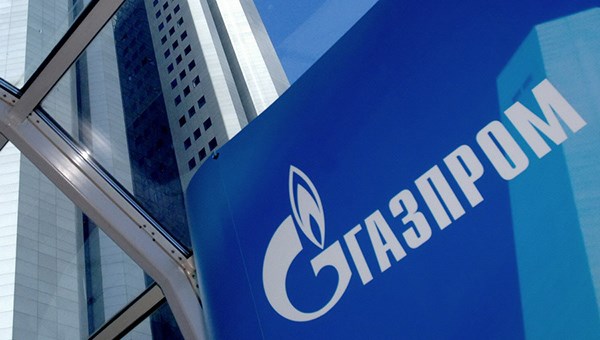US hits Russia's Gazprom with record LNG production
The US is continuing to increase its production of Liquefied Natural Gas (LNG), adding to the surplus on the global market that has already caused prices in Asia and Europe to halve, finanz.ru writes.
Sempra Energy, a joint enterprise between French Total and Japanese Mitsui and Mitsubishi, has announced the launch of the first LNG liquefaction line at the Cameron LNG project.
The export terminal in Louisiana has a designed capacity of 4.5 million tons of LNG per year. In 2020, the second and third lines will be opened, bringing the annual production capacity up to 13.5 million tons.
In light of the existing surplus of offers on the LNG market, the launch of yet another project will probably put additional pressure on the spot gas prices this year, especially in Europe, the key export market for the Russian gas monopoly, Gazprom, observe analysts from Sberbank CIB.
Bloomberg NEF estimates that a total of 33 million tons of new liquefaction capacity will be launched in 2019, whereas the demand will grow by only 17 million tons.
The spot gas prices in Europe have already fallen sharply, and are at there lowest since 2006. At the start of the week, gas contracts were trading at $160 per thousand cubic meters on the Title Transfer Facility, the EU’s primary gas trading point.
According to Gas Infrastructure Europe, the gas reserves in Europe’s underground storage facilities are up by 23 billion cubic meters year-on-year, and at their highest since 2014.
The price collapse is a consequence of LNG originally intended for Asia ending up on the European market, write Sberbank CIB analysts Andrei Gromadin and Anna Kotelnikova.
LNG on the Asian spot market became cheaper in the winter months due to the drop in oil prices in 2018, surplus gas reserves, the opening of new regasification facilities, and warm weather.
The spot gas prices in Japan and Singapore are currently just over half what they were in September 2018 at $5.2 per million British thermal units, the equivalent of roughly $186 per thousand cubic meters.
In the coming months, the gas market will probably remain under pressure due to the low seasonal demand. This is risky for Gazprom, because the spot component accounts for more than half of the gas price calculation for consumers in Europe, Sberbank CIB warns.
On average, Gazprom will sell gas to Europe at $216 per thousand cubic meters, which is 10% lower than last year’s prices ($241) and significantly below the company’s prediction of $235.
Gazprom is relying on the second half of the year, said the company’s deputy chairperson Elena Burmistrova at a conference in Berlin on Thursday.
“International experts predict that the LNG segment will take off on a large scale in the next few years. And I completely agree with this assertion. LNG has a number of undeniable advantages. It is the “flexible pipe”, which will enable the gas market to become truly global,” Burmistrova remarked.
“But LNG’s flexibility is both its advantage and its disadvantage. Today, most LNG supply contracts are made on FOB terms. When a tanker sets out to sea, its destination is unknown. And if a more profitable opportunity to sell on a competing market arises, the tanker will be redirected. We observed this factor at work in the fourth quarter of last year, when the decline of the Asian premium brought new LNG volumes to Europe,” she noted.
“But this flexibility factor can also work the other way. In the second half of 2019, analysts predict that the gas price will increase due to the recovery of the oil price. Most gas is supplied to the Asia-Pacific Region on long-term contracts with oil indexation, and the rising oil price will cause the price of these contracts to rise, and they, in turn, affect the LNG spot prices. As a result, the Asian premium will be restored, and it will once again become more attractive to send LNG to the Asian markets,” Gazprom’s deputy chairperson believes (as cited by Interfax).
